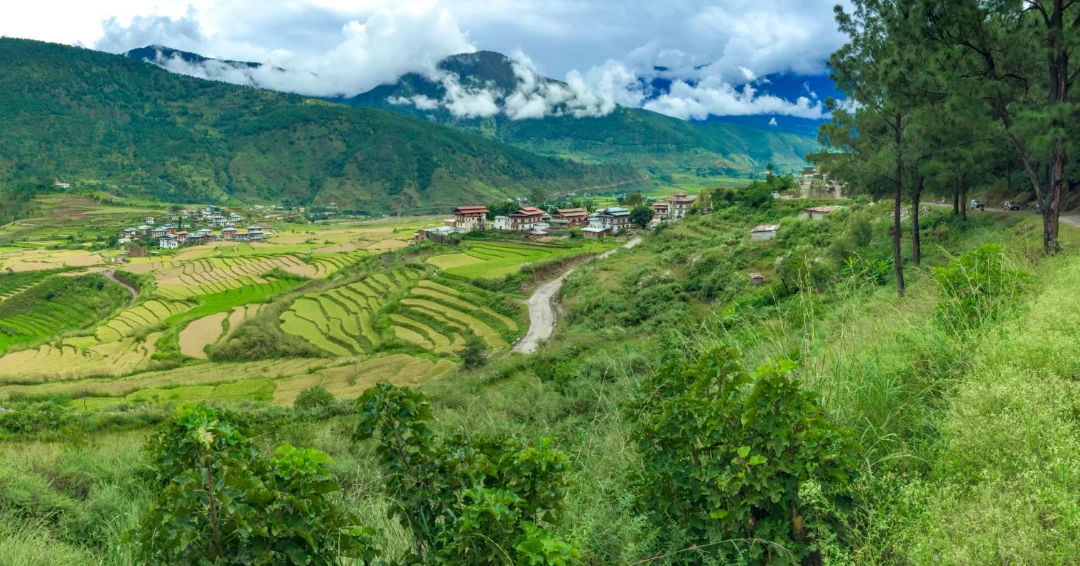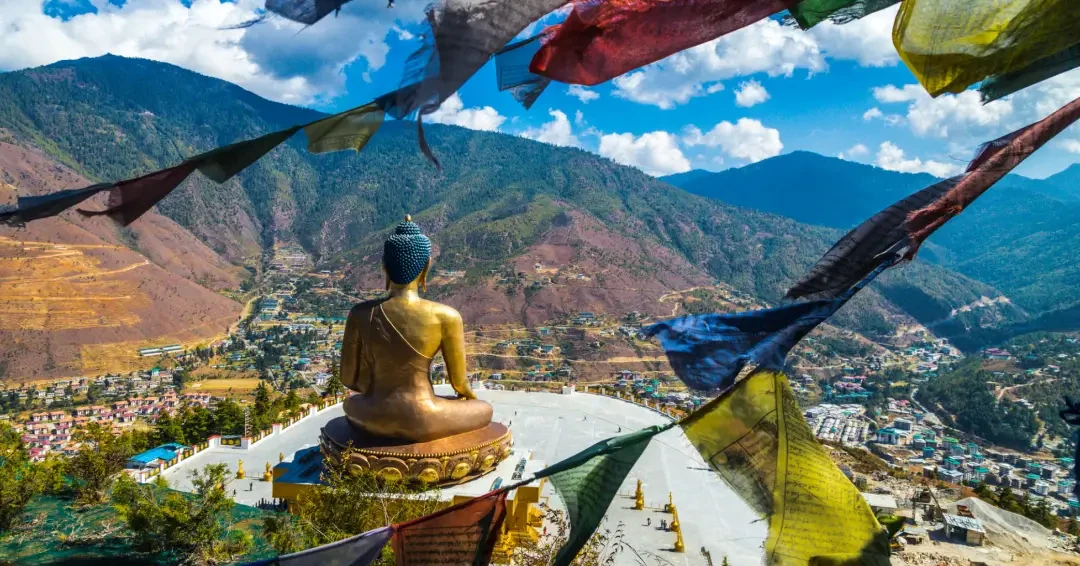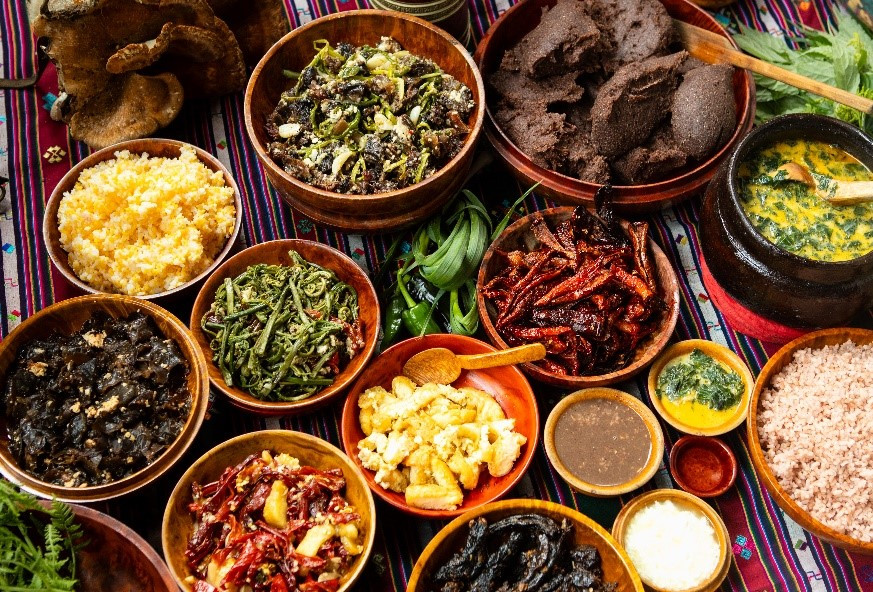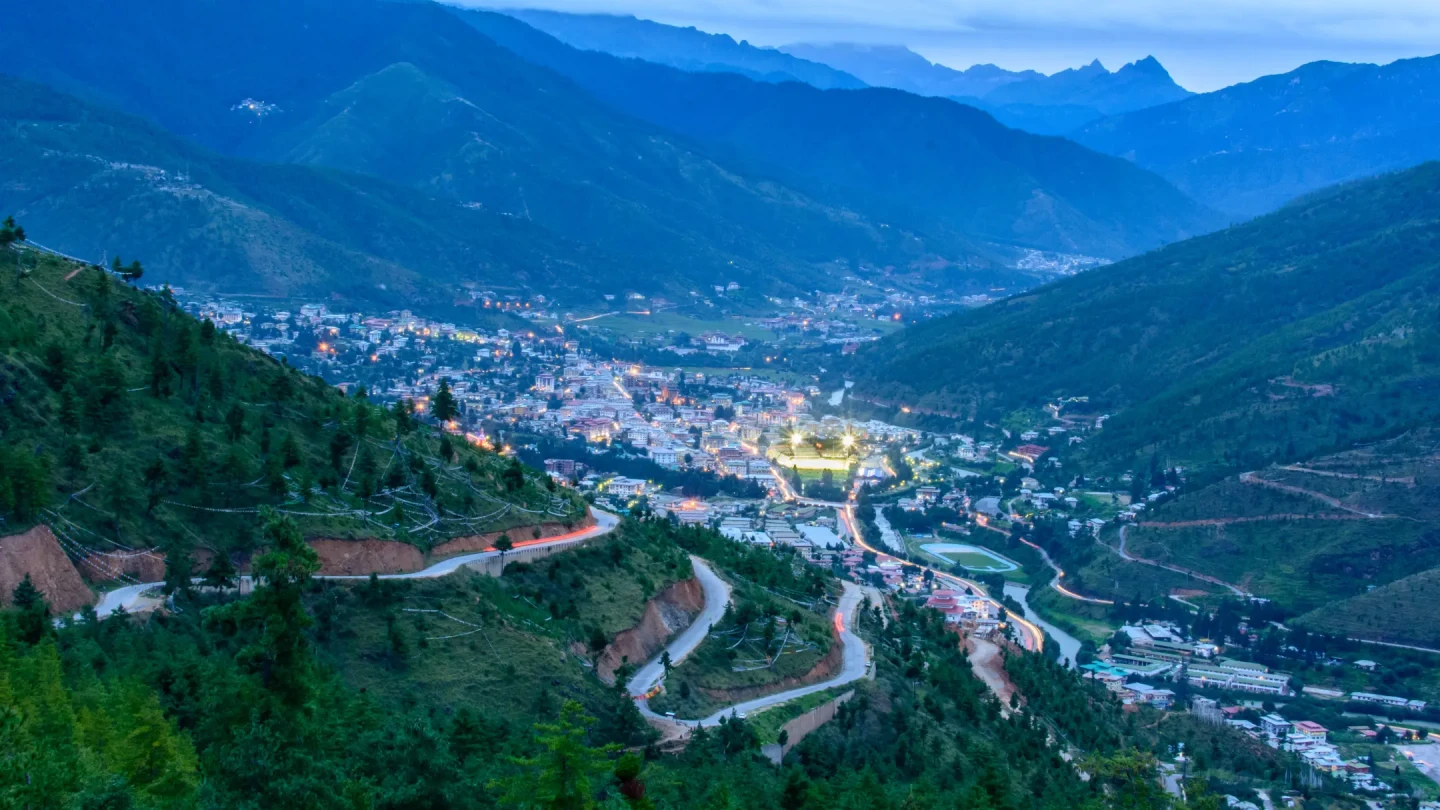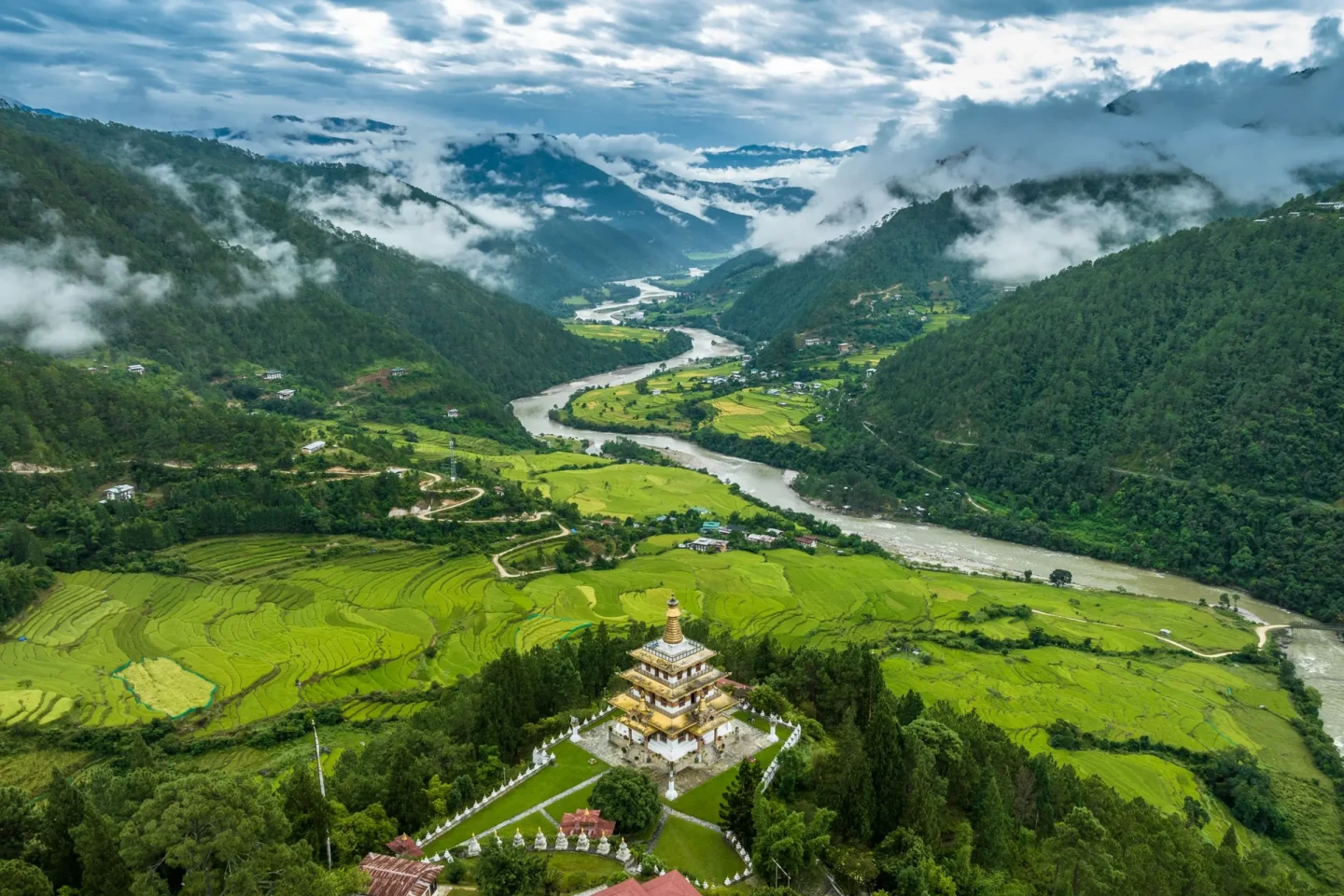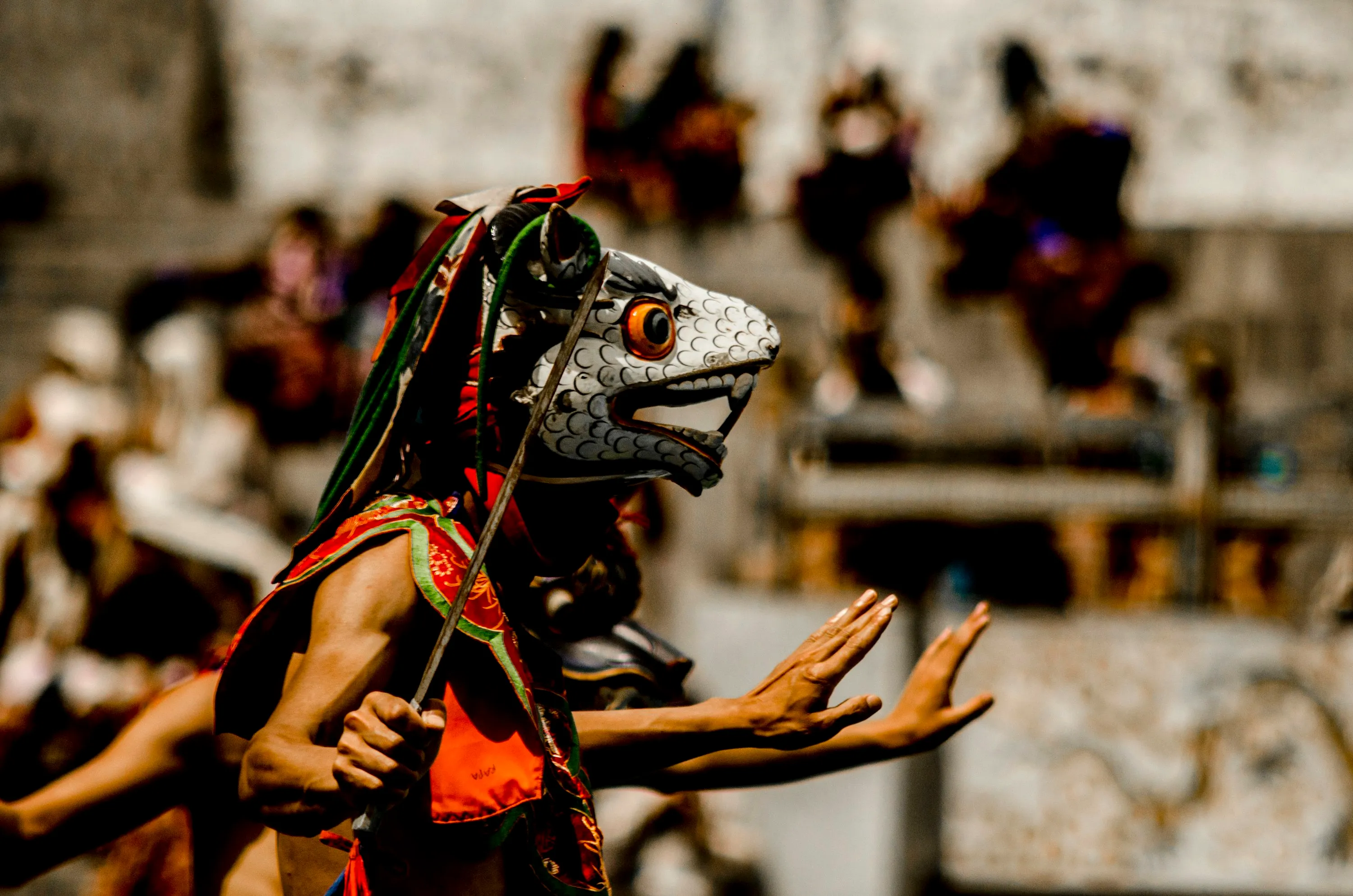Bhutan, the enchanting Kingdom nestled in the Eastern Himalayas, offers Thai travelers a profound escape into a world where ancient traditions harmoniously blend with pristine natural landscapes, providing an experience that is both spiritually enriching and culturally immersive. As a landlocked nation bordered by India and China, Bhutan remains one of the world's most exclusive destinations, preserving its unique identity through deliberate policies that prioritize sustainability over mass tourism. For Thai visitors, who are accustomed to the vibrant tropical beauty and bustling energy of their own kingdom, Bhutan presents a compelling contrast: while Thailand boasts sun-kissed beaches, dynamic cities like Bangkok, and a thriving culinary scene influenced by diverse regional flavors, Bhutan captivates with its towering mountains, serene valleys, and a slower, more contemplative way of life rooted in Vajrayana Buddhism. Both nations share deep monarchial traditions and a strong Buddhist heritage—Thailand with its Theravada roots and Bhutan with Mahayana practices—fostering a natural cultural affinity that has strengthened bilateral relations since the establishment of diplomatic ties in 1989. Over the decades, this relationship has grown through shared values of peace, environmental conservation, and royal reverence, with exchanges in education, tourism, and agriculture enhancing mutual understanding. Thai travelers will find familiar echoes in Bhutan's devotion to its monarchy and spiritual sites, yet the Himalayan kingdom's emphasis on Gross National Happiness (GNH) over material wealth offers a refreshing perspective, inviting visitors to reflect on well-being beyond the fast-paced modernity of urban Thailand. This guide, crafted as if by an experienced Bhutanese travel consultant, aims to equip Thai adventurers with the knowledge needed to navigate this mystical land, ensuring a journey that is not only seamless but also deeply respectful of its delicate cultural fabric.
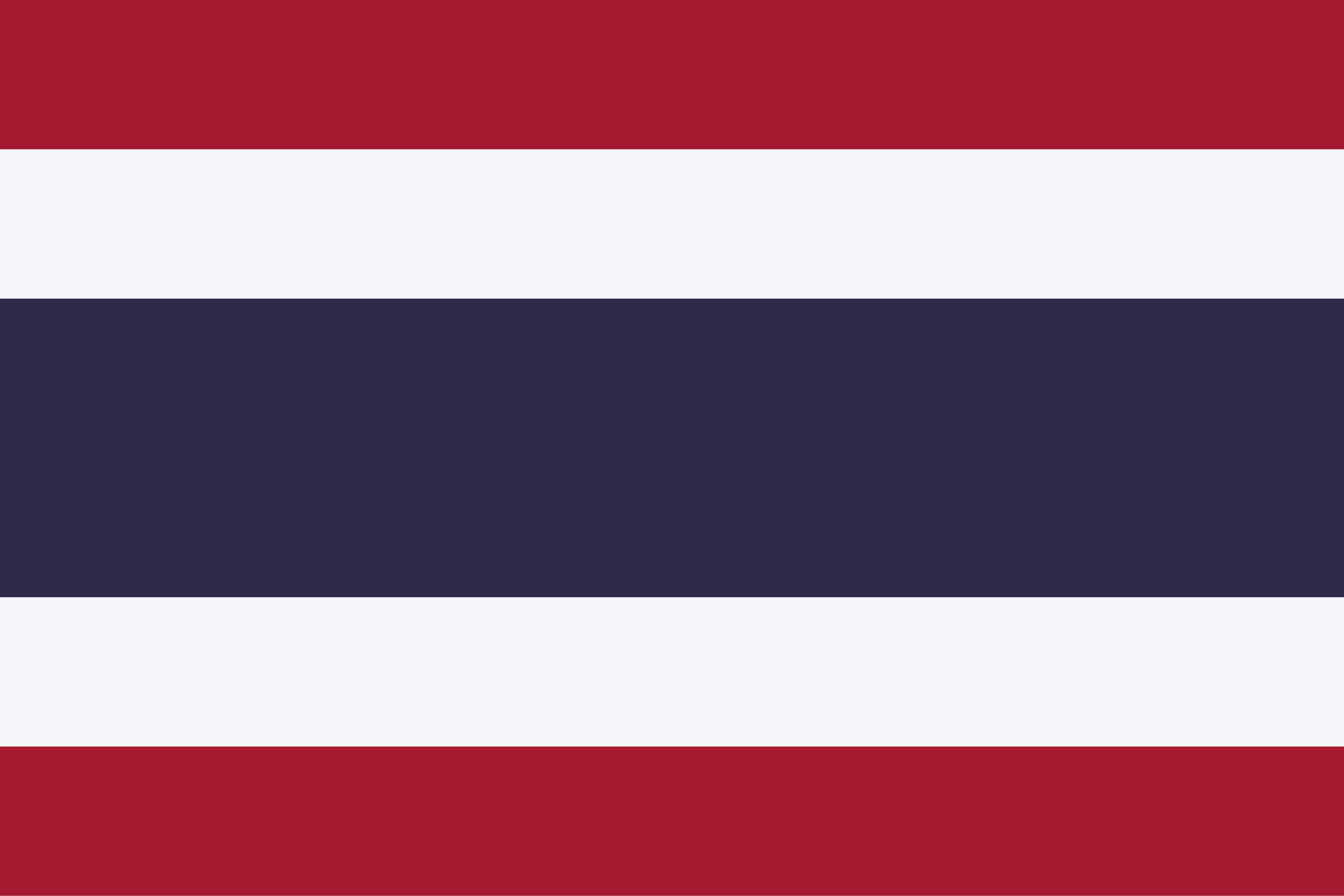
Visa and Entry Requirements
Understanding Bhutan's visa and entry requirements is essential for Thai travelers, as the kingdom maintains a controlled tourism policy designed to protect its environment, culture, and infrastructure from the impacts of overtourism. Unlike many destinations where independent travel is feasible, all foreign visitors to Bhutan, including those from Thailand, must book their trip through a licensed Bhutanese tour operator or their international partners, as this is a mandatory condition for obtaining a visa. This policy ensures that tourism remains high-value and low-impact, aligning with Bhutan's philosophy of sustainability. For Thai citizens, the visa process is straightforward but requires advance planning: you will need a passport valid for at least six months beyond your intended stay, proof of onward travel, and confirmation of your booked tour itinerary. The tour operator handles the visa application on your behalf by submitting these documents to the Tourism Council of Bhutan (TCB), typically two to three weeks before your arrival. Once approved, an eVisa is issued electronically, which you present upon landing at Paro International Airport or at land borders if entering via India. Payment for the tour, including the Sustainable Development Fee (SDF), must be made in advance via wire transfer to secure the visa, as the SDF is non-negotiable and directly tied to entry permission. As of 2025, the SDF for international tourists like Thais stands at USD 100 per person per night, reduced from previous rates until September 2027 to encourage post-pandemic recovery, with children under 12 paying USD 50 and those under six exempt. This fee funds essential initiatives in education, healthcare, and environmental conservation, contributing to Bhutan's carbon-negative status and overall development. While the SDF may seem substantial, it is integrated into the overall tour pricing, which covers accommodations, meals, transportation, and guides, making the total cost transparent and value-driven. Thai travelers should note that exemptions apply only to nationals from India, Bangladesh, and the Maldives, so planning with a reputable operator is crucial to avoid any entry denials.
Travel Routes from Thailand to Bhutan
Reaching Bhutan from Thailand is relatively convenient, thanks to direct flight connections that bridge the tropical lowlands of Southeast Asia with the rugged Himalayan heights. The primary gateway is Paro International Airport, one of the world's most challenging landing strips due to its location in a narrow valley surrounded by peaks exceeding 5,000 meters, which limits operations to visual flight rules (VFR) during daylight hours and clear weather. Thai travelers typically depart from Bangkok's Suvarnabhumi Airport (BKK), as it serves as a key transit hub with non-stop flights to Paro (PBH) operated by Bhutan's two national carriers: Drukair (Royal Bhutan Airlines) and Bhutan Airlines. Drukair offers flights several times a week, with schedules varying seasonally—often daily during peak periods like spring and autumn—while Bhutan Airlines provides additional options, including codeshare arrangements with FlexFlight for broader connectivity. The flight duration is approximately three to four hours, covering about 1,900 kilometers, but travelers should anticipate potential delays or cancellations due to Bhutan's unpredictable mountain weather, such as fog or strong winds, which can ground planes for hours or even days. For those flying from other Thai cities like Chiang Mai or Phuket, a connection through Bangkok is necessary, with domestic airlines like Thai Airways or Bangkok Airways offering seamless transfers. Alternative routes involve transiting through neighboring countries: via Delhi or Kathmandu for more flight options with carriers like Air India or Nepal Airlines, though this adds layover time and potential visa complexities for India or Nepal. Booking flights should be done through your tour operator, as they coordinate with the airlines and include transfers in your package, ensuring a smooth arrival where you'll be met by your guide. Realistic expectations include flexibility in scheduling—aim to book at least two months in advance for peak seasons—and preparing for the thrill of Paro's dramatic approach, piloted by specially trained captains familiar with the terrain.
Best Time to Visit and Seasonality
Bhutan's diverse topography, ranging from subtropical lowlands to alpine highlands, creates distinct seasonal patterns that profoundly influence travel experiences, making thoughtful timing crucial for Thai tourists seeking optimal weather, cultural immersion, and manageable crowds. The kingdom experiences four main seasons: spring (March to May), summer (June to August), autumn (September to November), and winter (December to February), each offering unique appeals and challenges. Spring brings mild temperatures averaging 15-25°C in lower valleys, with blooming rhododendrons and jacarandas painting the landscapes in vibrant hues, ideal for trekking and sightseeing without extreme cold; however, occasional showers can make roads slippery. Summer aligns with Thailand's rainy season but is wetter in Bhutan due to the monsoon, with heavy rainfall leading to lush greenery but also landslides and leech-infested trails, deterring most visitors except those interested in birdwatching or discounted rates. Autumn stands out as the prime season, featuring clear skies, crisp air (10-20°C), and harvest festivals like Tshechus, where colorful mask dances and communal celebrations provide deep cultural insights—perfect for Thais drawn to spiritual parallels with their own festivals like Songkran. Winter offers stark, snowy vistas in higher altitudes, with temperatures dipping below freezing, suited for those escaping Thailand's heat but requiring warm gear; fewer crowds allow intimate monastery visits, though some passes may close. For Thai travelers, autumn (September to November) is highly recommended, balancing comfortable weather for outdoor activities, low rainfall, and festival highlights like the Thimphu Tshechu, while avoiding the summer monsoon's disruptions and winter's chill. Planning around these seasons affects everything from flight availability to hotel bookings, so aligning your trip with personal interests—whether nature hikes or religious events—ensures a fulfilling journey amid Bhutan's ever-changing climatic tapestry.
Money, Costs, and Payment Methods
Navigating finances in Bhutan requires Thai travelers to adapt to a system that blends traditional cash reliance with emerging digital options, reflecting the kingdom's gradual modernization while preserving its economic simplicity. The official currency is the Bhutanese Ngultrum (BTN), pegged at par with the Indian Rupee (INR), which is also widely accepted, especially near borders; however, Thai Baht is not commonly used, so exchanging to USD or BTN beforehand is advisable. ATMs are available in major towns like Thimphu, Paro, and Punakha, operated by banks such as Bhutan National Bank or Bank of Bhutan, and they accept international Visa or Mastercard with a small withdrawal fee—typically BTN 200-500 per transaction—but reliability can falter in remote areas due to power issues or low cash stocks. Credit cards are increasingly accepted in upscale hotels, restaurants, and craft shops in urban centers, but smaller vendors and rural establishments prefer cash, making it wise to carry a mix of USD (clean, post-2006 bills for better rates) and BTN for daily expenses. Tour packages, mandatory for entry, usually include accommodations, three meals daily, internal transport, English-speaking guides, and entrance fees, with costs starting around USD 250-300 per day inclusive of the SDF, though luxury options can exceed USD 500. Extras not covered include alcoholic beverages, personal shopping, optional activities like hot stone baths, and tips for guides and drivers (typically USD 10-15 per day per person, given at trip's end). Thai travelers should budget an additional USD 50-100 daily for these, exchanging money at authorized counters in airports or banks to avoid unfavorable street rates. This structured approach to costs ensures transparency, allowing visitors to focus on experiences rather than financial surprises in a cash-dominant society.
Health, Safety, and Travel Insurance
Health and safety considerations in Bhutan demand proactive preparation from Thai travelers, given the kingdom's high-altitude terrain and limited medical infrastructure, which can pose unique risks unfamiliar to those from lower-elevation regions like Thailand. Altitude sickness, or Acute Mountain Sickness (AMS), is a primary concern, as many sites like Dochula Pass (3,100 meters) or Tiger's Nest Monastery (3,120 meters) exceed 2,500 meters, potentially causing symptoms such as headaches, nausea, and dizziness; acclimatization through gradual ascents and hydration is key, with medications like acetazolamide available on prescription. Recommended vaccinations include tetanus, typhoid, and hepatitis A, as food and water-borne illnesses can occur despite hygienic standards in tours; rabies shots are advisable due to stray dogs, though bites are rare. Medical facilities are basic outside Thimphu, where Jigme Dorji Wangchuck National Referral Hospital offers competent care, but evacuations for serious issues often require flights to India or Thailand. Bhutan is exceptionally safe, with low crime rates attributed to its close-knit communities and Buddhist values—petty theft is uncommon, but vigilance in crowded festivals is prudent, alongside awareness of uneven paths and wildlife. Minor risks include slippery roads during monsoons and occasional power outages affecting lighting. Comprehensive travel insurance is indispensable, covering medical emergencies, evacuation (helicopter rescues can cost thousands), trip cancellations, and lost baggage; policies should explicitly include high-altitude activities, as standard Thai plans may not. This preparation not only safeguards health but enhances peace of mind in a destination where nature's beauty comes with inherent challenges.
Cultural Etiquette and Social Expectations
Cultural etiquette in Bhutan is deeply intertwined with its Buddhist ethos, requiring Thai travelers to approach interactions with humility, respect, and mindfulness to foster meaningful connections in this harmonious society. Bhutanese people value modesty in dress and behavior, so visitors should opt for clothing that covers shoulders and knees, especially at religious sites—women might wear long skirts or pants, while men avoid shorts; this aligns somewhat with Thai temple etiquette but is more strictly observed here. When entering temples or monasteries, remove hats, shoes, and sunglasses, walk clockwise around stupas or chortens as a sign of reverence, and never point feet at sacred objects or people, a custom echoing Thai sensitivities around feet and heads. Socially, Bhutanese emphasize patience and politeness—greetings involve a slight bow with palms together, saying "Kuzuzangpo la" (hello), and accepting offerings like tea with both hands to show gratitude. Humility is prized; boasting or loud behavior is frowned upon, contrasting perhaps with more expressive Thai social norms, so adjusting to a calmer demeanor enhances rapport. In homes or during festivals, accept food graciously but eat quietly, using your right hand, and refrain from touching others' heads or displaying affection publicly. Thai cultural behaviors, such as wai greetings, can be adapted positively, but avoid direct criticism of the monarchy or religion, as reverence for the king is profound. By embracing these nuances, travelers not only avoid faux pas but gain deeper appreciation for Bhutan's communal spirit, where respect underpins every interaction.
Connectivity, SIM Cards, Internet Access
Connectivity in Bhutan has improved significantly, yet Thai travelers should anticipate variability in service, particularly in remote areas, to maintain realistic expectations for staying in touch during their Himalayan sojourn. Wi-Fi is widely available in hotels, guesthouses, and cafes in major towns like Thimphu and Paro, often free but with speeds suitable for basic browsing and emails rather than high-bandwidth activities; reliability can dip during power outages or in valleys where signals are obstructed by mountains. For mobile data, purchasing a local SIM card upon arrival is recommended—options include B-Mobile (Bhutan Telecom) and TashiCell, both offering tourist packages with data, calls, and texts valid for 7-30 days. These can be bought at the Paro Airport counter or authorized outlets in Thimphu, requiring your passport and visa for registration; a basic plan costs around BTN 200-500, including 2-5 GB of 4G data, with coverage strongest in urban areas but spotty in highlands. TashiCell often provides better rural reach, while B-Mobile excels in cities—your guide can assist in choosing and topping up. Thai apps like LINE or Grab function normally, but occasional restrictions on international services might necessitate a VPN for unrestricted access, especially for streaming or secure banking. Pre-downloading maps and translation apps is wise, as roaming from Thai providers like AIS or True can be costly. This setup ensures connectivity supports your journey without overshadowing Bhutan's emphasis on present-moment experiences.
Language and Communication
Language barriers in Bhutan are minimal for tourism purposes, but understanding the linguistic landscape helps Thai travelers communicate effectively and respectfully in this multilingual kingdom. The national language is Dzongkha, spoken by most locals, with regional dialects like Sharchop in the east adding diversity; English, however, is the medium of instruction in schools and widely used in government, business, and tourism, making it the primary language for guides, hotel staff, and signage in visitor areas. Thai-speaking guides are available, though not as common as English or Japanese ones—many operators train guides in Thai due to growing bilateral ties, so requesting one in advance ensures smoother interactions, especially for groups preferring native explanations of cultural parallels. For travelers with limited English, visual aids, translation apps like Google Translate (with Dzongkha support), or simple gestures suffice, as Bhutanese are patient and hospitable. In rural settings, where English is less prevalent, your licensed guide acts as an interpreter, facilitating authentic exchanges during homestays or festivals. Learning basic phrases—"Tashi Delek" (good luck) or "Ga chi bey?" (what is this?)—builds rapport and shows respect. Overall, communication strategies emphasize non-verbal cues like smiles and nods, mirroring Thai politeness, to bridge any gaps and enrich cultural immersion.
Packing and Preparation Advice
Packing for Bhutan demands careful consideration of its varied climates and altitudes, equipping Thai travelers—used to tropical warmth—with essentials for comfort in the Himalayas' unpredictable conditions. Layering is key: pack breathable base layers, fleece jackets, and a waterproof windbreaker for fluctuating temperatures from 25°C in valleys to below 0°C at passes; include long pants, modest tops, and a scarf for temple visits, plus sturdy hiking boots for trails and comfortable walking shoes for towns. Personal items should cover sun protection—hat, sunglasses, SPF 50+ sunscreen—and insect repellent for lowland areas, alongside a reusable water bottle to stay hydrated amid dry air. Medications are crucial: bring altitude sickness remedies like Diamox (with doctor's advice), pain relievers, antidiarrheals, and any prescriptions, as pharmacies are limited outside cities; a basic first-aid kit with bandages and antiseptics handles minor issues. Power adapters for Bhutan's 230V system use Indian-style round-pin plugs (Type D/M), so include a universal adapter and portable charger for outages. Other practicalities: lightweight daypack for excursions, binoculars for wildlife, torch for evenings, and eco-friendly toiletries since facilities vary. For cultural respect, pack modest swimwear if trying hot stone baths. Preparing by checking weather apps and consulting your operator ensures you're ready for Bhutan's dynamic environment, turning potential discomforts into seamless adventures.
Bhutan’s Unique Tourism Philosophy
Bhutan's tourism philosophy, rooted in the concept of Gross National Happiness (GNH), sets it apart as a destination that prioritizes holistic well-being over economic gains, offering Thai travelers a model of mindful exploration that resonates with shared Buddhist principles yet contrasts with Thailand's more open tourism landscape. Introduced in the 1970s by the Fourth King, GNH measures progress through four pillars—good governance, sustainable development, cultural preservation, and environmental conservation—guiding policies that limit visitor numbers to protect the kingdom's fragile ecosystem and traditions. This "high-value, low-volume" approach means tourism is carefully regulated, with the SDF funding community projects rather than mass infrastructure, ensuring that every traveler contributes to Bhutan's carbon-negative status and youth opportunities. For Thais, accustomed to bustling sites like Phuket or Chiang Mai, Bhutan's caution limits development—no sprawling resorts or theme parks—to maintain authenticity, fostering intimate experiences like monastery stays over commercialized ones. This philosophy stems from a desire to avoid the pitfalls of unchecked growth seen elsewhere, preserving Bhutan's identity as a sanctuary of peace and spirituality. By understanding these deeper reasons, visitors appreciate how their presence supports a balanced society, where happiness is collective and enduring.
Mindset and Expectations for Visitors
Adjusting your mindset for Bhutan involves embracing a slower, more introspective pace that contrasts with Thailand's vibrant energy, preparing Thai travelers for a journey focused on inner fulfillment rather than external stimuli. Life here unfolds deliberately—meals linger, walks meander through forests, and conversations prioritize depth over haste—reflecting GNH's emphasis on mindfulness, so expect delays in services as part of the charm, not inefficiency. Infrastructure is modest: roads wind through mountains, hotels are cozy family-run establishments rather than lavish chains, and amenities like hot water may vary. Absent are luxury shopping malls, pulsating nightlife, or gourmet fusions; instead, evenings might involve stargazing or cultural shows, encouraging disconnection from material pursuits. For Thais seeking respite from urban hustle, this shift highlights nature's grandeur—pristine rivers, ancient fortresses—and spiritual depth, like meditating in cliffside monasteries. Set expectations low for conveniences and high for serendipity, viewing simplicity as an invitation to recharge amid Bhutan's unspoiled allure.
Food and Dining Culture
Bhutanese cuisine, characterized by its bold spiciness, cheese-centric dishes, and reliance on local staples, offers Thai travelers a flavorful adventure that echoes the heat of Thai curries while introducing Himalayan simplicity and hospitality. Meals are hearty and communal, often featuring red rice—a nutty, nutritious grain—as the base, paired with ema datshi, the national dish of chilies stewed in cheese sauce, which can be fiery yet addictive. Other staples include momos (dumplings filled with meat or vegetables), phaksha paa (pork with radish and chilies), and jasha maru (spicy chicken stew), emphasizing fresh, seasonal ingredients like ferns, mushrooms, and yak meat in higher regions. Dining culture revolves around generosity—hosts serve abundant portions, and butter tea (suja) or ara (rice wine) accompanies gatherings, symbolizing warmth and connection. Alcohol is moderate, with local brews like Red Panda beer enjoyed socially, but overindulgence is rare. For Thais, adjustments might involve toning down spice requests initially, as Bhutanese chilies pack intense heat, and vegetarian options abound due to Buddhist influences. Tours include three meals daily, often in hotels or picnics, blending authenticity with adaptations for palates, fostering bonds through shared tables.
Festivals, Religion, and Sacred Places
Religion permeates every aspect of Bhutanese life, with Vajrayana Buddhism shaping festivals and sacred sites that provide Thai travelers profound insights into a shared spiritual heritage, enhancing understanding through vibrant rituals and serene sanctuaries. Tshechus, annual religious festivals honoring Guru Rinpoche, feature mesmerizing mask dances, archery contests, and communal feasts, held at dzongs (fortress-monasteries) like Paro or Thimphu Tshechu in autumn, where locals in traditional attire gather for blessings and merriment. Visitors witness atonement plays and sacred unveilings, contributing to cultural depth by observing quietly. At sacred places—temples, chortens, and sites like Tiger's Nest—conduct rules are strict: dress modestly (no shorts or hats), speak softly, avoid photography inside, and circumambulate clockwise. These experiences underscore Bhutan's devotion, mirroring Thai reverence for wats but with Himalayan mysticism, inviting reflection on impermanence and compassion.
Hidden Challenges and Practical Inconveniences
While Bhutan's allure lies in its authenticity, Thai travelers should patiently embrace hidden challenges as integral to its charm, transforming potential frustrations into opportunities for growth. Service can be leisurely, reflecting a non-rushed lifestyle, so meals or check-ins may take longer—view this as time to savor surroundings. Itinerary changes are common due to weather, closing mountain passes or delaying flights, requiring flexibility akin to monsoon adjustments in Thailand. Power outages occur sporadically, especially in rural areas, dimming lights but heightening starry nights or candlelit conversations. Road conditions involve winding, bumpy paths through gorges, prone to landslides in rain, making journeys adventurous yet time-consuming. Patience is essential, as these elements stem from Bhutan's commitment to minimal intervention, preserving its essence rather than conforming to modern efficiencies.
Shopping and Souvenirs
Shopping in Bhutan focuses on artisanal crafts that embody cultural heritage, offering Thai travelers meaningful souvenirs without the commercial frenzy of Thai markets. Handwoven textiles like kira (women's wraps) or gho (men's robes) in vibrant patterns, handmade paper products, incense, and wooden masks dominate, available at craft emporiums in Thimphu or Paro's weekend market. Authenticity is paramount—seek government-certified shops for genuine items, avoiding fakes by checking for seals. Bargaining is uncommon and subtle, unlike Thai haggling; fixed prices prevail in formal stores, though polite negotiation might yield small discounts in bazaars. This restrained approach aligns with Bhutan's values, ensuring purchases support local artisans sustainably.
Altitude Awareness and Physical Preparedness
Altitude awareness is vital in Bhutan, where elevations affect travelers variably, demanding physical preparedness to mitigate risks and enjoy the heights fully. Symptoms like fatigue or shortness of breath emerge above 2,500 meters, varying by fitness—Thai visitors from sea-level may feel them sooner. Precautions include acclimatizing gradually (rest first days), hydrating (3-4 liters daily), avoiding alcohol, and eating light carbs. For treks, build stamina pre-trip with cardio; consult doctors for underlying conditions. Adjusting activities—shorter hikes initially—ensures safety, turning altitude into an exhilarating aspect of the journey.
Security, Safety, and Emergency Information
Bhutan's reputation as a secure destination is well-founded, with its low crime and peaceful ethos providing Thai travelers reassurance, though practical awareness enhances vigilance. General safety is high—tour guides accompany visitors, minimizing risks—but respect local laws like bans on tobacco sales or wildlife poaching. Emergency contacts include 113 for police, 112 for ambulance, and 110 for fire; the Thai embassy in New Delhi handles consular needs via India. Frame these as safeguards in a welcoming land where community vigilance prevails.
Photography and Drones
Photography in Bhutan allows capturing its splendor, but rules protect sacred and sensitive areas, requiring respectful practices from Thai enthusiasts. Temples and dzongs prohibit interior shots to preserve sanctity—ask guides for permissions—and always seek consent when photographing locals, especially monks. Drones are restricted: a permit from the Bhutan Civil Aviation Authority is mandatory, with flights banned near airports, military sites, or monasteries, limited to 90 meters altitude. Adhering ensures ethical memories without intrusion.
What Bhutan Does Not Have
Bhutan's deliberate absence of certain modern elements underscores its unique charm, inviting Thai travelers to appreciate simplicity over convenience. No skyscrapers pierce the skyline, preserving Himalayan vistas; fast-food chains are nonexistent, favoring home-cooked meals; casinos and big shopping centers are absent, emphasizing crafts over consumerism; nightlife is subdued, with no clubs, promoting restful evenings. This lack fosters a focus on nature and culture, distinguishing Bhutan as a haven of tranquility.
Important Questions to Ask Before Booking a Tour
Before confirming your Bhutan tour, engaging thoughtfully with your operator clarifies expectations and tailors the experience, ensuring a seamless adventure for Thai travelers. Inquire about the guide's qualifications and language skills—will they speak Thai or fluent English, and how experienced are they in cultural explanations? Discuss itinerary flexibility: can adjustments be made for weather or personal interests, like extending festival time or adding treks? Ask about accommodations—what standards (3-star or luxury) and locations (central or scenic) are included, with details on amenities like Wi-Fi or heating? Food preferences matter: how do they accommodate dietary needs, such as less spicy options or vegetarian meals, and are local home-cooked experiences part of the package? For emergencies, probe response protocols—what medical support or evacuation plans exist, and is insurance coordination provided? On practicalities, question SIM card arrangements: will they assist in purchasing and setting up local data? Language barriers: confirm if multilingual materials or apps are available. Tipping customs: what's the expected amount for guides and drivers, and how is it handled? Finally, verify insurance requirements: does the operator recommend specific coverage for altitude or cancellations? These conversational queries build trust, aligning your vision with Bhutan's realities.
Conclusion
In conclusion, Bhutan stands as a rare and special destination for Thai travelers yearning for cultural depth, natural beauty, and spiritual peace, offering a sanctuary where the pursuit of happiness transcends the superficial allure of fast-paced or commercialized escapes. Amid its mist-shrouded mountains and timeless traditions, visitors discover not just a place, but a philosophy that echoes yet elevates Thailand's own spiritual roots, inviting profound self-reflection and lasting memories.





